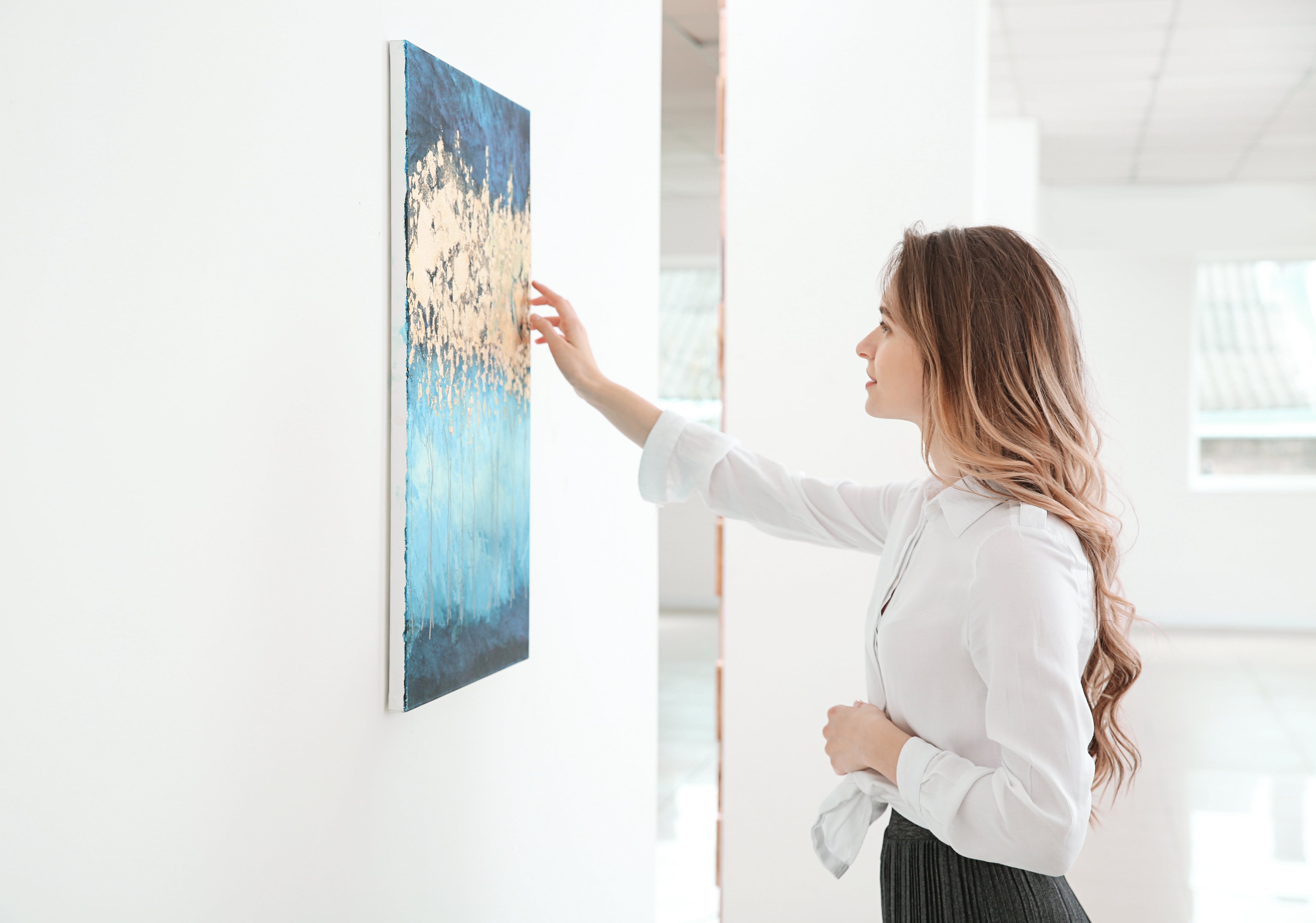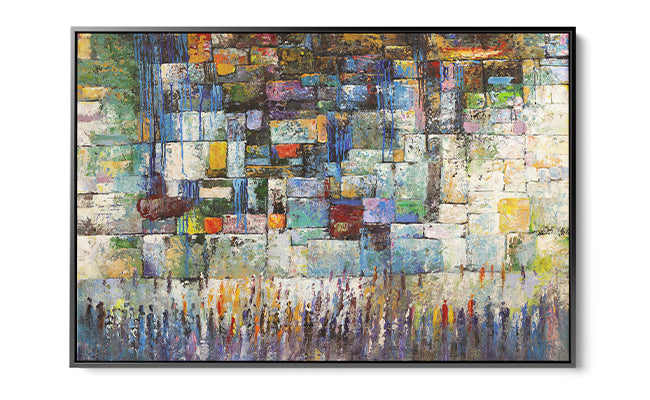
4 Tips from Experts on How to Protect Your Wall Art from Damage
Paintings take time to finish. The materials used in creating a masterpiece – from a blank canvass to acrylic paint – do not come cheap. This is why wall art comes at a hefty price.
If you’re one who likes collecting artworks of famous artists, you have to make sure that you protect them at all times. After all, paintings and other works of art are investments.
Keeping artworks safe
There are many factors that can affect the state of your artwork, whether it’s a cheap painting just to fill an empty wall or a masterpiece from world-renowned artists.
Here are some tips to help you make sure your collection stays in pristine condition for a long, long time.
- Wear clean lightweight gloves when handling delicate paintings.
Your hands might look clean to the naked eye but oils from your skin can transfer onto a prized piece of painting, causing stains that can damage it. This is why you should wear a pair of white gloves when handling artwork.
- Hang paintings properly.
Make sure the surface that you’re going to hang paintings to is flat. Otherwise, it’s going to stretch and damage the canvas. You should also consider the weight of the artwork and whether your chosen wall can support it.
Ideally, you should use two eye hooks linked with a sturdy wire to mount a frame. This should keep the artwork straight and balanced on the wall.
- Keep artwork away from extreme temperatures.
Art experts advise keeping paintings between 21 and 24 degrees Celsius. Don’t keep any kind of painting anywhere with fluctuating temperatures or moisture and humidity, as these can be harmful to your prized collection. Also, avoid hanging or keeping paintings where they will be hit by sunlight. Lights coming from the ceiling or high-wattage lighting can also damage works of art. You should also avoid placing paintings close to air-conditioning units, furnaces, air vents, and radiators.
- Dust art pieces regularly.
Depending on where art pieces are placed, they should be dusted a few times a year. Wear gloves when cleaning them. Use a dry cloth or soft brush to dust them. Never use any chemicals to clean them, as these can cause irreparable damage. Make sure to take off the paintings before dusting them to ensure they don’t fall off. Check for signs of deterioration while dusting them. If the paint is flaking, do not dust the artwork.
Preserving your prized artwork collection sure takes a bit of an effort. But it’s nothing compared to the joy of being able to extend the lifespan of every painting or work of art you own.





